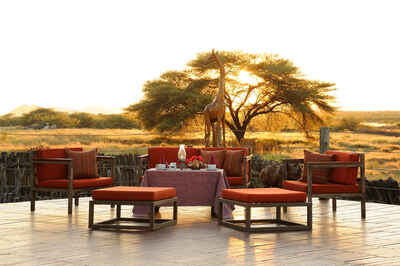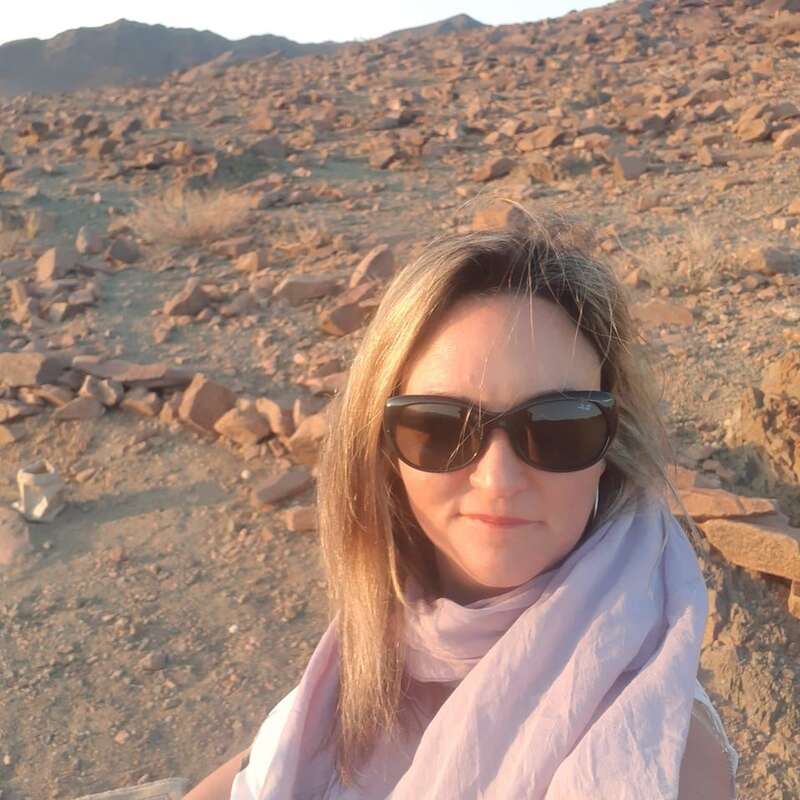About Frans Indongo Lodge
Frans Indongo Lodge is situated on a 170km² farm in the proximity of the Waterberg Plateau and about 43km ...
... north from the town of Otjiwarongo. The lodge is named after its owner, Dr. Frans Indongo. He was born a local farmer's son who tended the family livestock during his childhood, but with a healthy entrepreneurs mind, he went on to become one of the wealthiest men in Namibia. One of his enterprises was to buy the farm upon which Frans Indongo Lodge now stands. Part of the farm is still used for agriculture, but the main focus is wildlife and the property is home to species rarely seen in Namibia such as sable, roan and eland.
Frans Indongo Lodge is a very well-run, comfortable, affordable stop-over with a modern feel for travellers en-route to Etosha National Park or Namibia's Caprivi Strip. We never think of it, or talk of it, as a wildlife destination - so the animal and birdlife which is here often comes as a pleasant surprise for our travellers.
Our view
Frans Indongo Lodge is a very well-run, comfortable, affordable stop-over with a modern feel for travellers en-route to Etosha National Park or Namibia's Caprivi Strip. We never think of it, or talk of it, as a wildlife destination - so the animal and birdlife which is here often comes as a pleasant surprise for our travellers.
Accommodation
12 rooms
Children
Great for all ages
Open
All year
Activities

4WD Safari

Birdwatching

Cultural excursion

Private activities

Self-guided walking
Traveller reviews of Frans Indongo Lodge
69 real, un-edited reviews from Expert Africa's travellers.
Arrived 19 Sep 2024, 1 nights
"Frans Indongo Lodge review"
Overall rating: Excellent
Arrived 8 Jun 2024, 2 nights
"Antelope Central !"
Overall rating: Excellent
Arrived 6 Jul 2022, 1 nights
"Frans Indongo Lodge review"
Overall rating: Excellent
Arrived 3 Sep 2019, 1 nights
"pleasant lodge "
Overall rating: Excellent
Arrived 7 Jul 2018, 1 nights
"Nice finish at Indongo"
Overall rating: Good
Arrived 27 Sep 2017, 1 nights
"Pleasant place to say"
Overall rating: Good
Arrived 8 Sep 2017, 1 nights
"Frans Indongo - "
Overall rating: Good
Arrived 3 Jul 2017, 1 nights
"Frans Indongo Lodge"
Overall rating: Excellent
Arrived 15 May 2017, 2 nights
"Frans Indongo Lodge and its rare antilopes"
Overall rating: Good
Arrived 4 Apr 2017, 1 nights
"Wonderful lodge after a long days drive"
Overall rating: Excellent
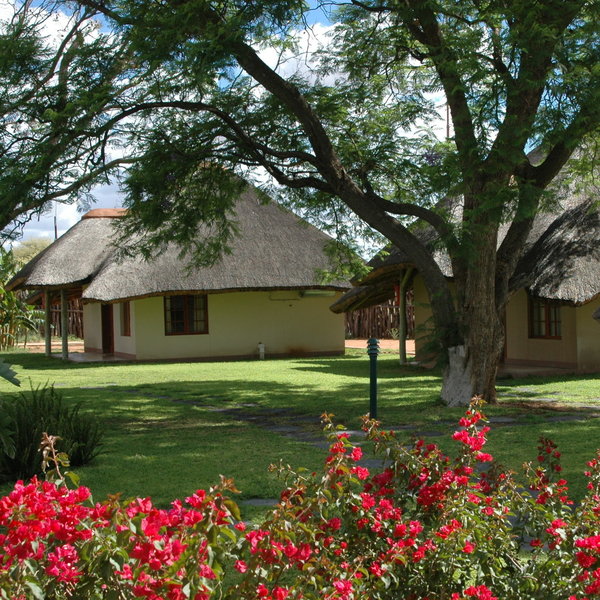
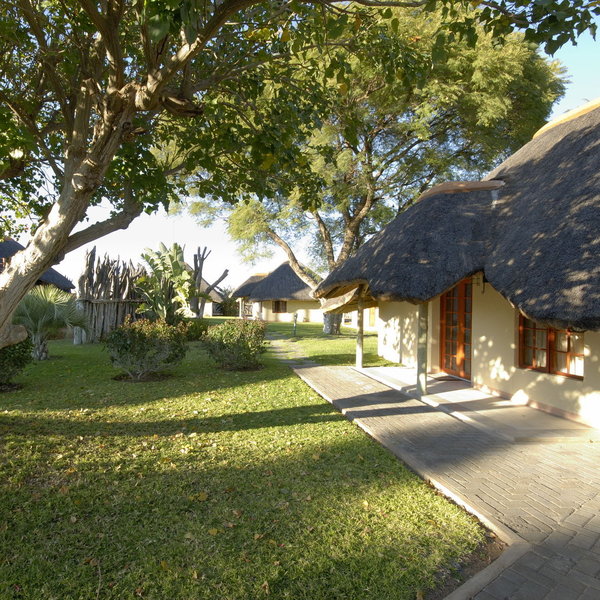
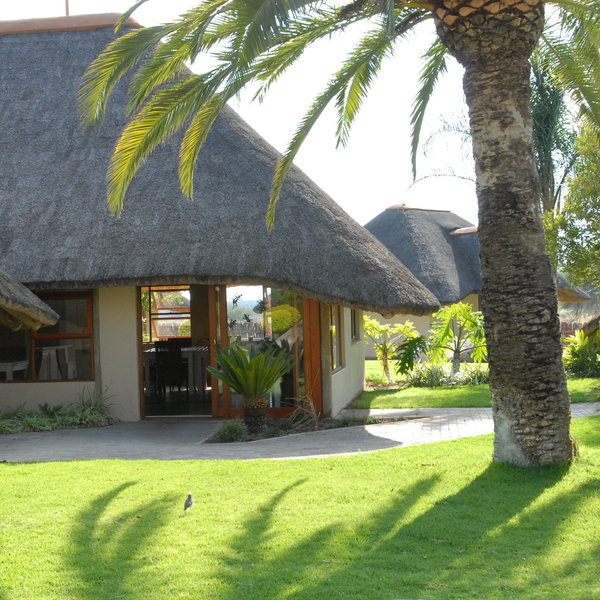
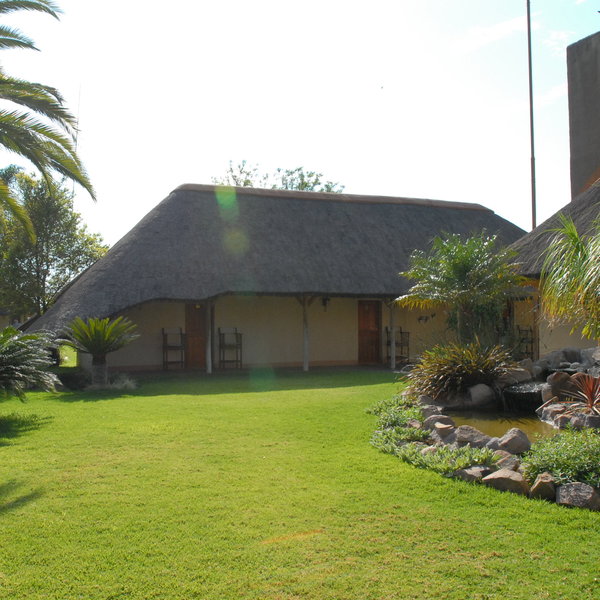
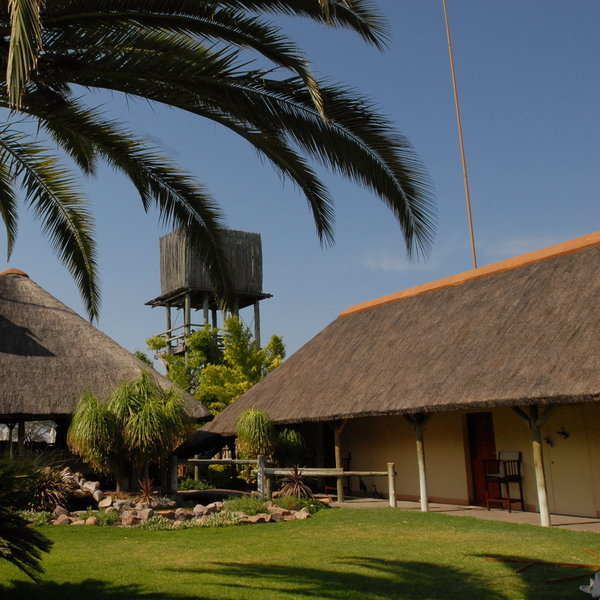
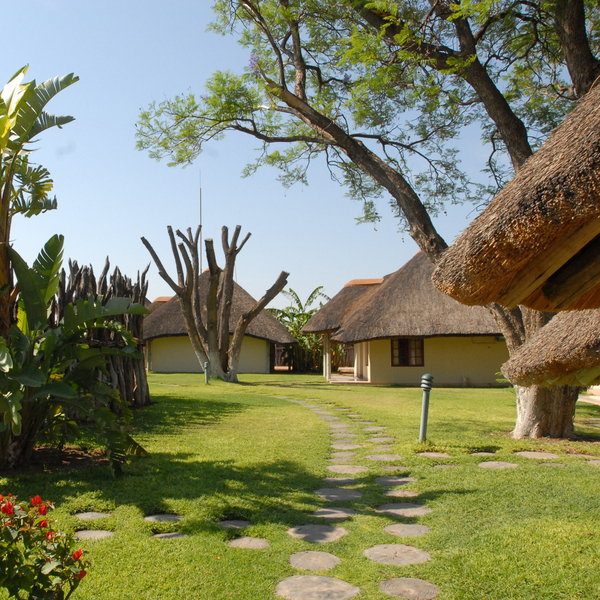
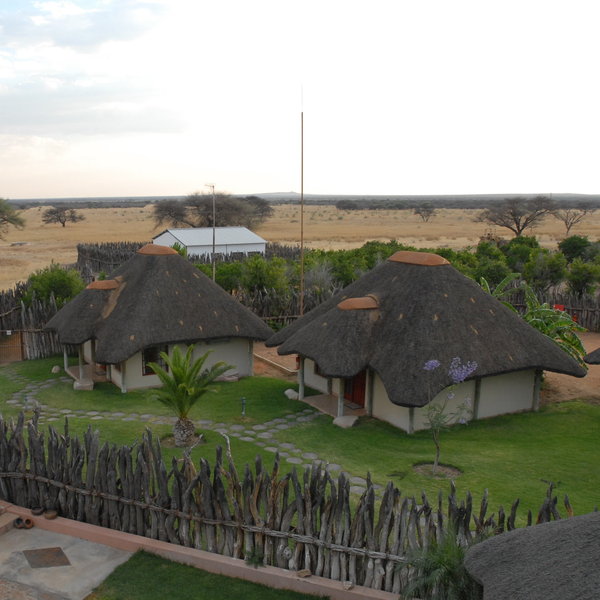
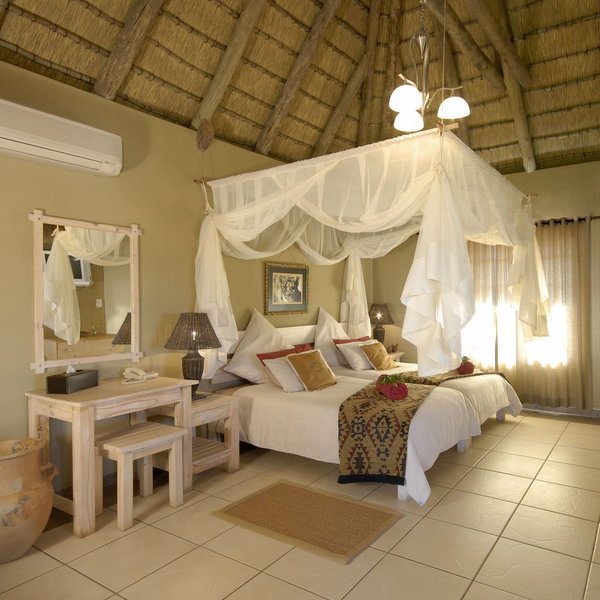
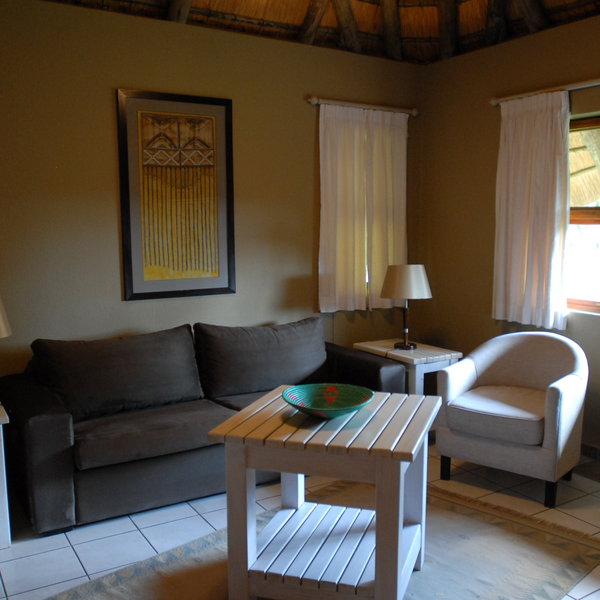
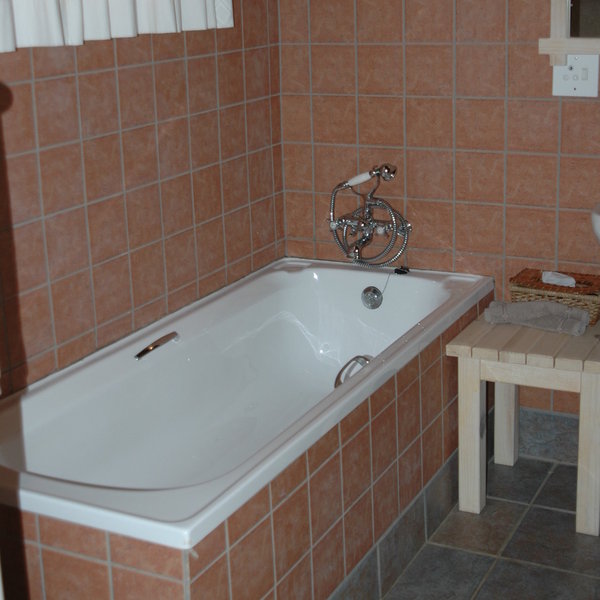
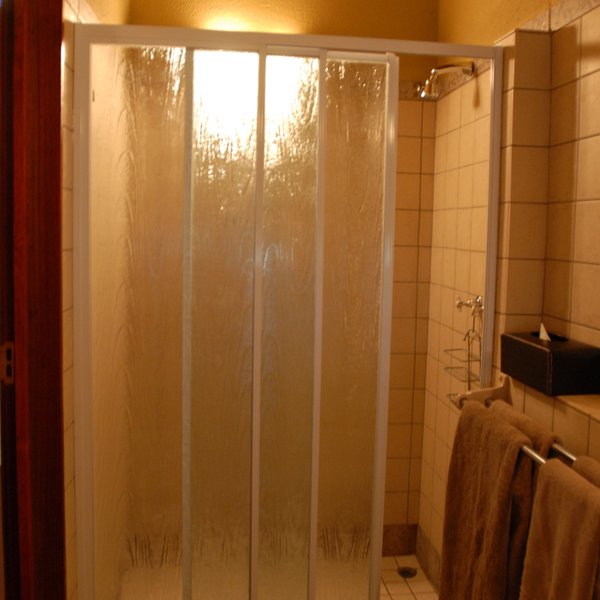
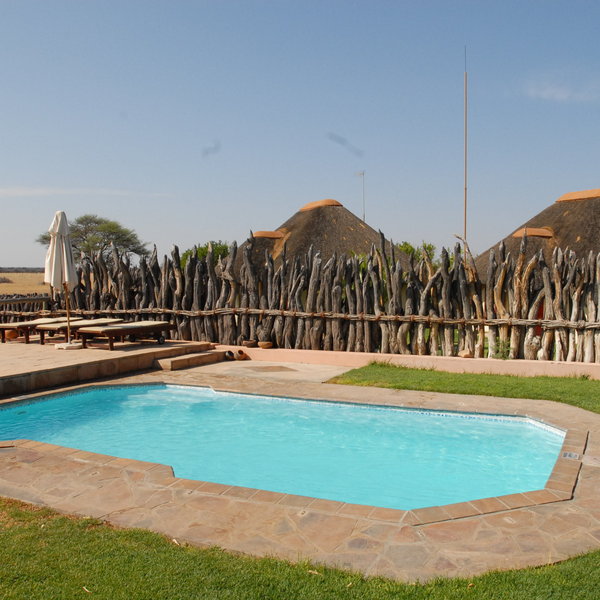
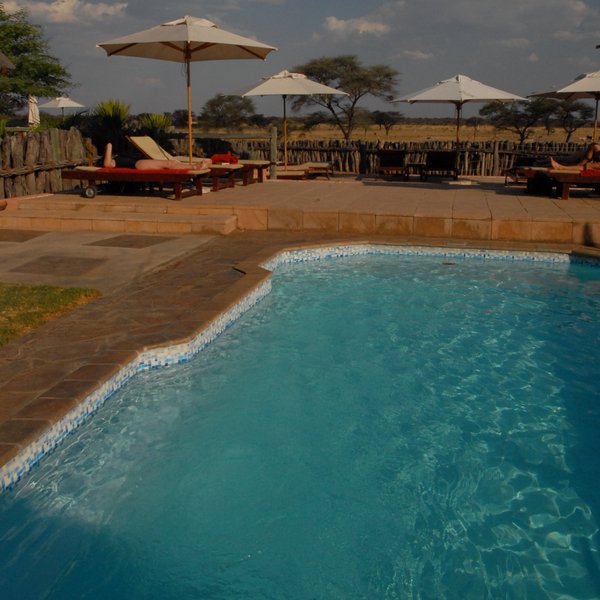
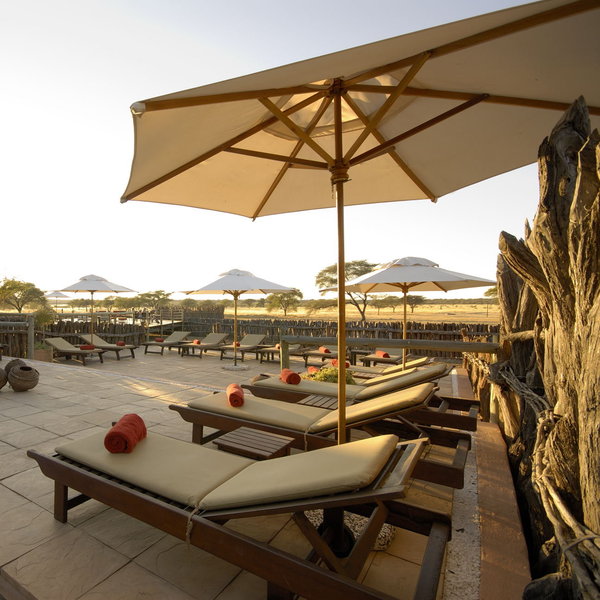
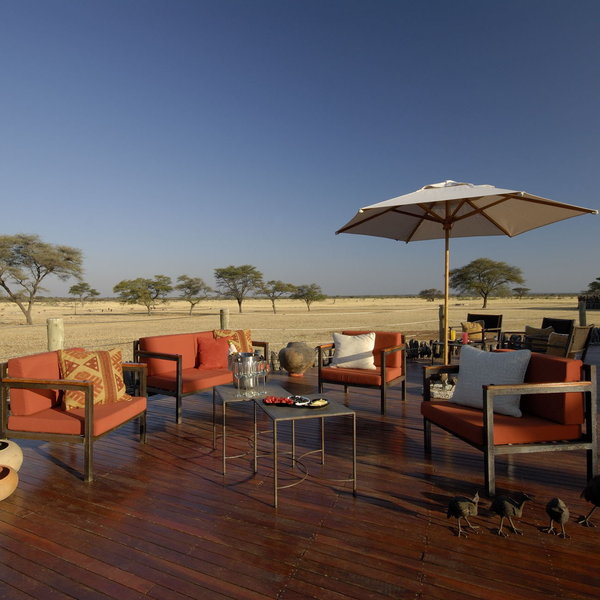
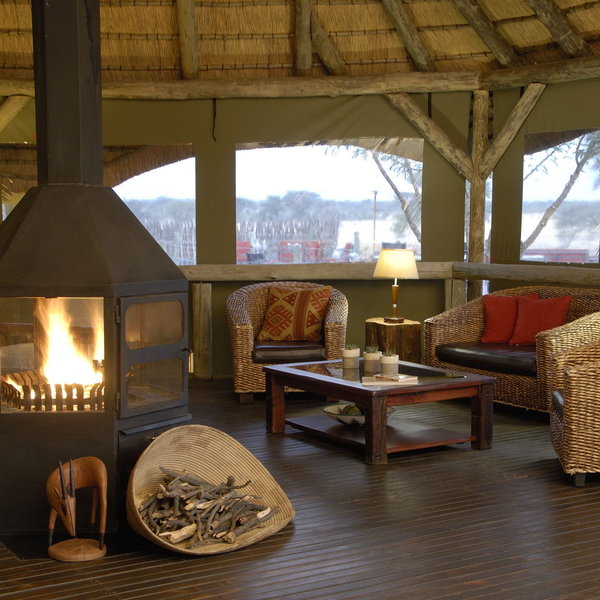
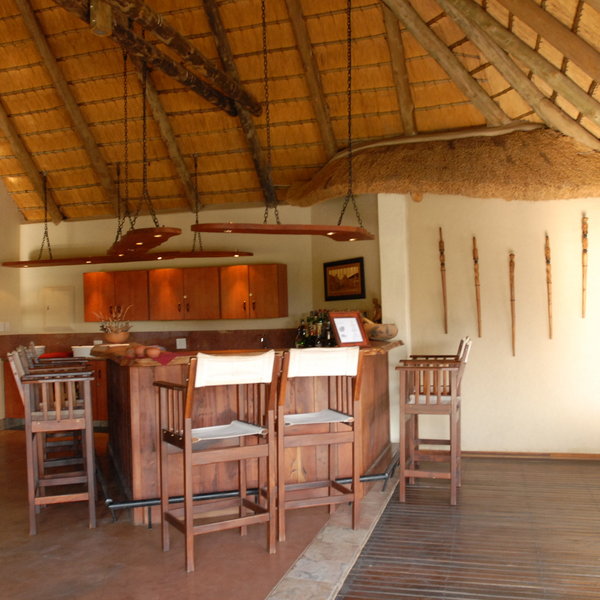
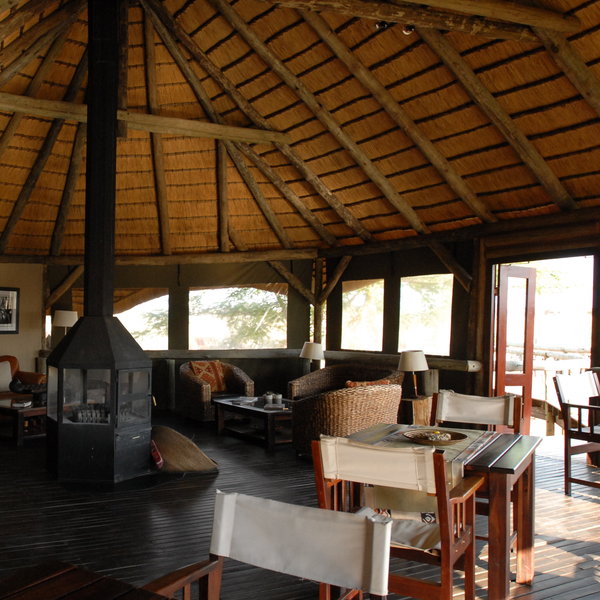
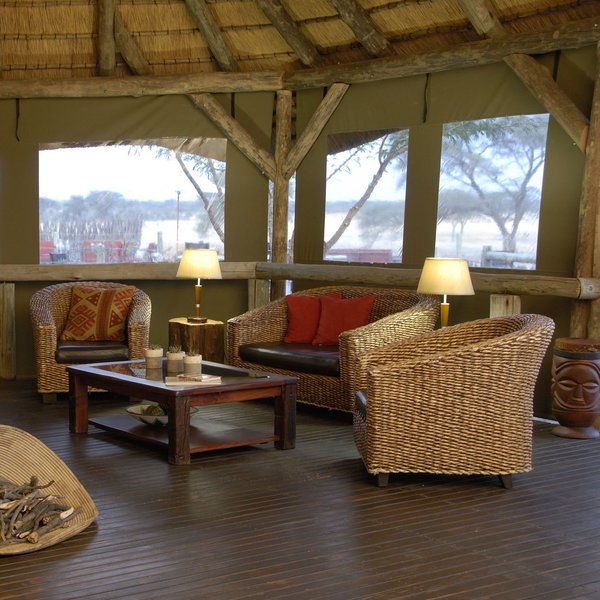
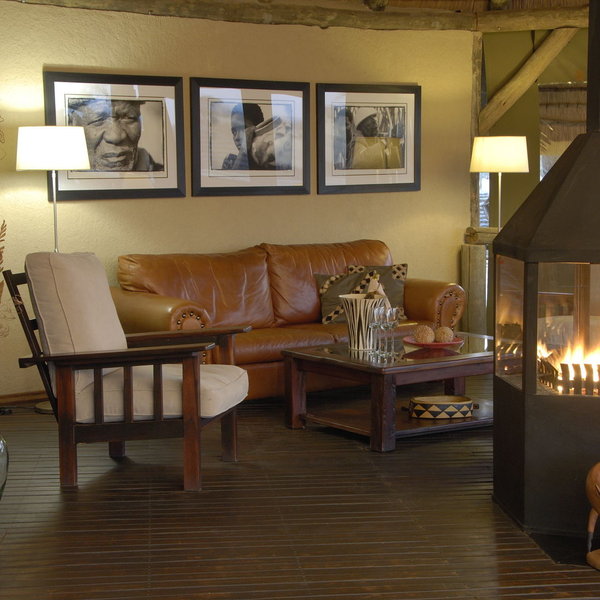
Expert Africa's gallery
When we travel we take lots of photos ourselves to give you a real and un-edited view of the safaris. See our 46 pictures of Frans Indongo Lodge to get the candid view.
View galleryFrans Indongo Lodge: Our full report
Frans Indongo Lodge is situated on a 170km² farm in the proximity of the Waterberg Plateau and about 43km ...
... north from the town of Otjiwarongo. The lodge is named after its owner, Dr. Frans Indongo. He was born a local farmer's son who tended the family livestock during his childhood, but with a healthy entrepreneurs mind, he went on to become one of the wealthiest men in Namibia. One of his enterprises was to buy the farm upon which Frans Indongo Lodge now stands. Part of the farm is still used for agriculture, but the main focus is wildlife and the property is home to species rarely seen in Namibia such as sable, roan and eland.
Although Frans Indongo Lodge has a modern feel to it, the décor is very Namibian using traditional Ovambo arts and crafts. Each of the 12 rooms is built from natural stone and covered with a reed thatch roof. The interior is spacious and light with white walls and tiles broken by the darker colours of woven Ovambo baskets, earthen pots and wooden figurines. Of the three room types, the double rooms are large and have only a shower. The family rooms are similar to the double rooms except they have a lounge area. The chalets are individual rooms with both a bath and a shower in the bathroom. All are furnished with a large double or twin beds, a desk and chair, a small fridge, television, tea and coffee facilities and an air-conditioner. Two of the rooms are suitable for families and all of the rooms have en suite bathrooms complete with a shower and a bath.
The main complex is divided into the restaurant, thatched lounge with bar and a decked terrace – all of which overlooks a floodlit waterhole. A central fire place surrounded by comfortable chairs makes the lounge a cosy spot to relax in the cooler months. The outside deck is dotted with chairs and sun loungers surrounding a pool perfect for a refreshing swim in the warmer months. Although each central area offers a great vantage point from which to watch wildlife as they drink, there is also an observation tower from where you could watch the sun set over the surrounding landscape too.
Whilst staying at Frans Indongo Lodge activities might include bird watching, nature drives and walking self-guided trails on the farm or half day visits to the nearby Cheetah Conservation Fund, the Otjiwarongo Crocodile Farm or the Rare and Endangered Species Trust to observe the Cape Griffon Vulture. Waterberg Plateau Park is also within daytrip distance.
Geographics
- Location
- Central Highlands, Namibia
- Ideal length of stay
- Frans Indongo Lodge makes for a convenient 1 night stop for travellers heading north. Alternatively, it's within easy reach of the fascinating Cheetah Conservation Fund (CCF) and makes a great 2-night base from which to visit the centre.
- Directions
- Frans Indongo Lodge is situated 43 km north-east of Otjiwarongo. Turn right onto the D2433 and the lodge is approximately 17 km along this road.
- Accessible by
- Self-drive
Food & drink
- Usual board basis
- Bed & Breakfast
- Food quality
- A breakfast buffet is served in the dining room, with hot choices cooked to order. Light lunches are usually a salad or a sandwich, and dinner is a three course menu served at 7pm and explained to guests by the staff. The evening main course is presented under a silver cover, the staff count down from three in their own language and then reveal the dish to you. On our last visit here we ate vegetable spring rolls, followed by steenbok steak with rice and vegetables, and marula pudding with ice cream for dessert.
- Dining style
- Individual Tables
- Dining locations
- Indoor Dining
- Further dining info, including room service
- No
Children
- Attitude towards children
- Frans Indongo Lodge does welcome guests with children and have two rooms suitable for families.
- Property’s age restrictions
- There are no age restrictions at Frans Indongo Lodge.
- Special activities & services
- Children are welcome to visit the Cheetah Conservation Fund or REST Rare and Endangered Species Trust.
- Equipment
- Cots and highchairs can be provided.
- Generally recommended for children
- Yes – Frans Indongo Lodge is well equipped for children.
- Notes
- Children should be under parental supervision at all times.
Our travellers’ wildlife sightings from Frans Indongo Lodge
Since mid-2018, many of our travellers who stayed at Frans Indongo Lodge have kindly recorded their wildlife sightings and shared them with us. The results are below. Click an animal to see more, and here to see more on our methodology.

75% success

75% success

75% success

67% success

60% success

50% success

33% success

33% success

25% success

0% success

0% success

0% success

0% success

0% success
Communications
- Communications
- There is a phone and interent access in reception. WiFi is available in the rooms. Phone reception is available.
- TV & radio
- There is a television with seven channels in each room.
Sustainability
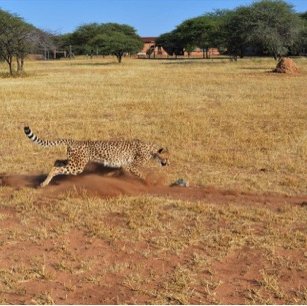
Conservation of the worlds fastest predator
The Frans Indongo Lodge is situated amidst the African bush savannah and comprises 12 rooms – all part of a traditional Owambo complex of African rondavel huts – surrounded by palisades and connected by passages. The complex was built using natural stone, wood and reed and chalets are decorated with items specific to Owambo culture – earthen pots, voluminous storage baskets or original wooden figures.
The perfect 1-night stopover for travellers heading up-north, the lodge is a short drive away from the Cheetah Conservation Fund Information Centre, (CCFIC) which offers data and education on the world’s fastest terrestrial animal in the wild. On certain days, visitors are also welcome to watch cheetah running at full speed during their sprint-training. Symbolic donations contribute to the centre continuing its research and conservation projects. One of the key issues studied at CCFIC is the human-wildlife conflict. The main focus is assigned to finding farm management and predator control techniques to reduce this conflict, such as the use of guardian dogs for livestock.
Guests can also visit the nearby Rare and Endangered Species Trust to observe the Cape Griffon Vulture or dine at The Vulture Restaurant, which was created for observing and studying the endangered Cape Vulture.
See more great sustainability projects in Namibia
Health & safety
- Malarial protection recommended
- No
- Medical care
- The closest doctor is in the town of Otjiwarongo.
- Dangerous animals
- Low Risk
- Security measures
- The main gate is locked at night.
- Fire safety
- There is a fire extinguisher outside each room.
Activities
4WD Safari
Birdwatching
Cultural excursion
Private activities
Self-guided walking
Extras
- Disabled access
- In Place
- Laundry facilities
- Laundry is available for an extra charge.
- Money
- Euros and US dollars can be exchanged.
- Accepted payment on location
- US dollars, local currency, Visa and MasterCard are accepted.
Plan and book your trip with Expert Africa
All of our trips are tailor-made, so we'll always adapt them to suit you. Talk to an Expert and let us plan and arrange your perfect trip.

Talk to an Expert
Call or email us now! We’ll match you with the Specialist in our team who is best suited to help you. Then together we can start planning your trip.

Set up your itinerary
Based on our experience and your ideas, your specialist will create a detailed, costed itinerary. We’ll refine it together, until we have a trip that you’re perfectly happy with.

Prepare for your trip
The same Specialist will make the seamless arrangements for your trip, send you detailed travel documents, and be available to answer any questions before you depart.

Travel with peace of mind
After you set off, you’ll be cared for by our partners in Africa, most of whom have worked with Expert Africa for decades. And if you ever need us urgently, we’re available 24/7.

When you return
We love to learn about your trip, and so will always be grateful if you’ve the time to give feedback to your Specialist when you return.
Frans Indongo Lodge's location
Look closer at the environment and surroundings of Frans Indongo Lodge.
Other lodges in Central Highlands
Alternative places to stay in this same area.
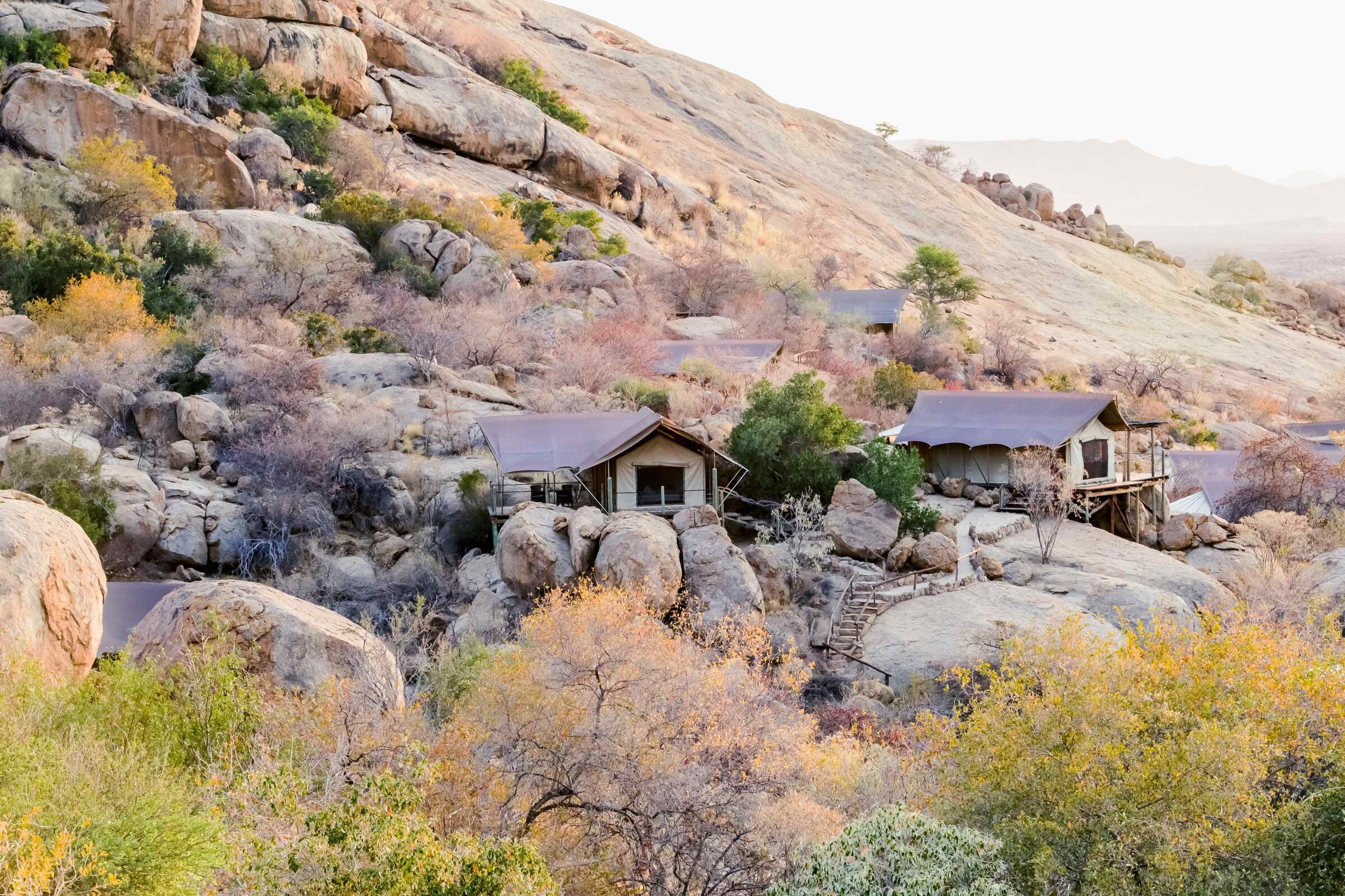
Ondudu
A long-time favorite, Ondudu Safari Lodge is now under new management, and we're eager to see how this charming, laid-back retreat continues to evolve.
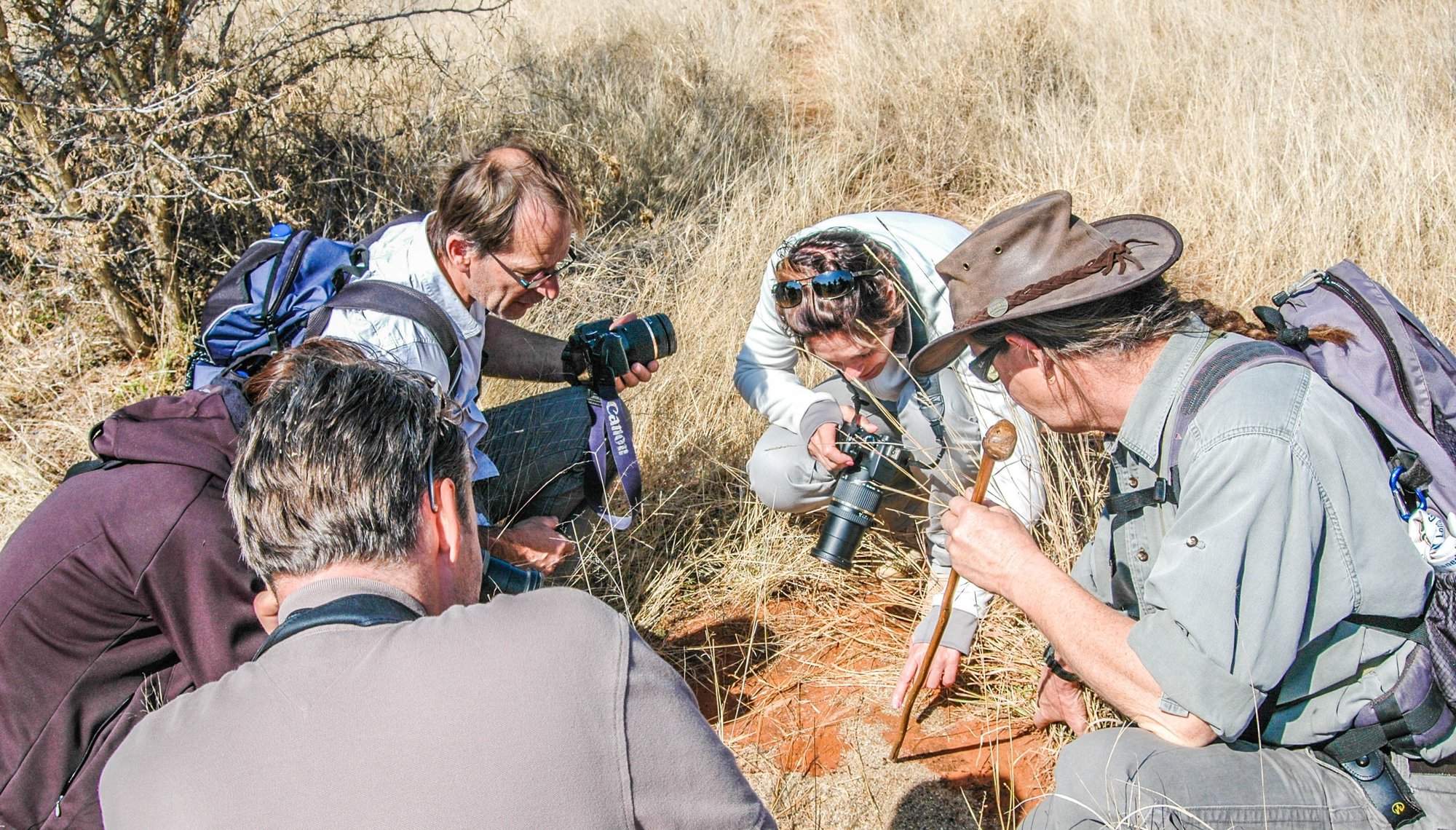
Mundulea Reserve
The rustic Mundulea Bushcamp offers superb and varied walking in the company of a top-class guide on a reserve that features many endangered or endemic species.
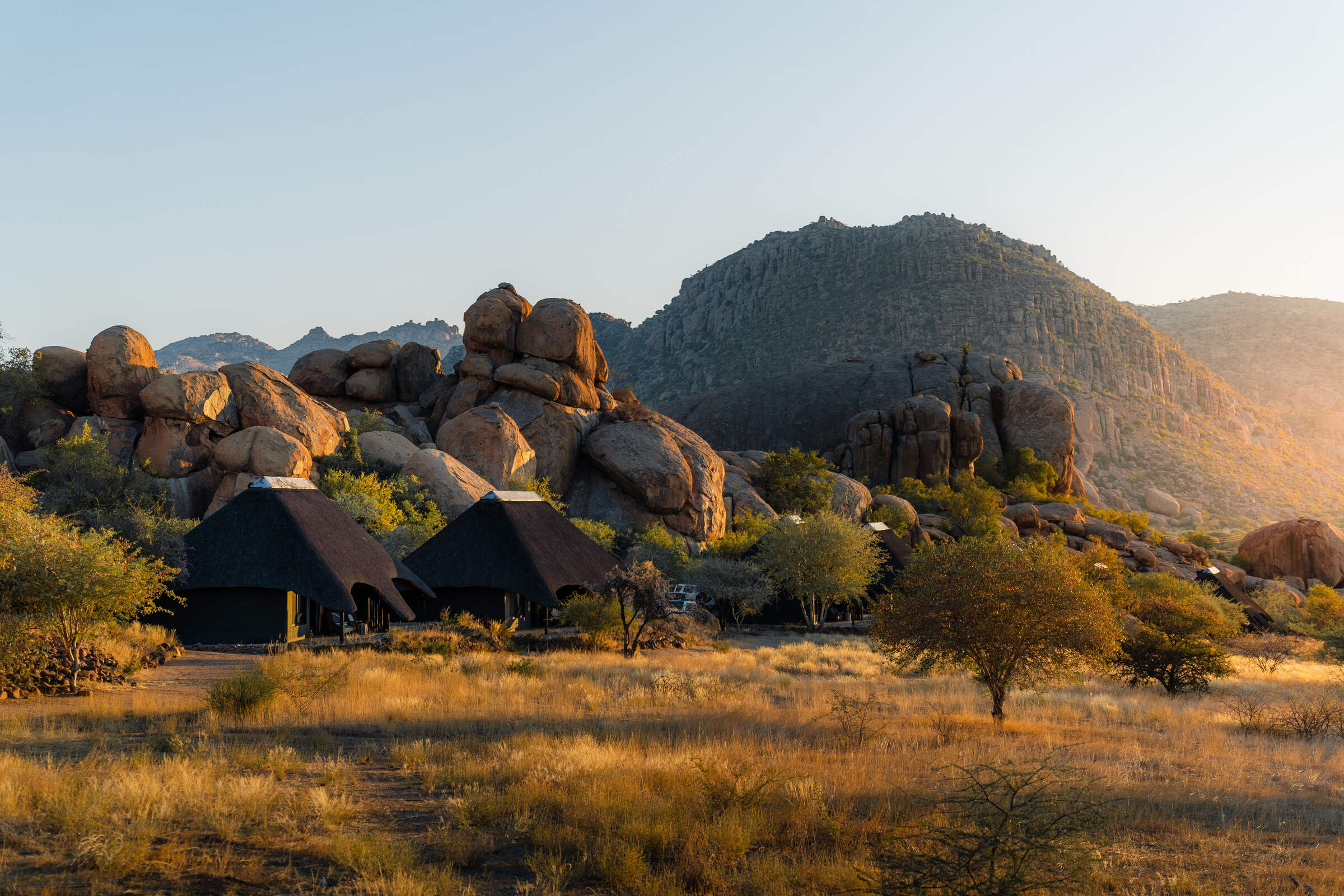
Ai Aiba Lodge
A convenient stop between Etosha and Windhoek,.Ai Aiba is a simple and relatively large lodge with plenty of great walking, and some spectacular San rock art.
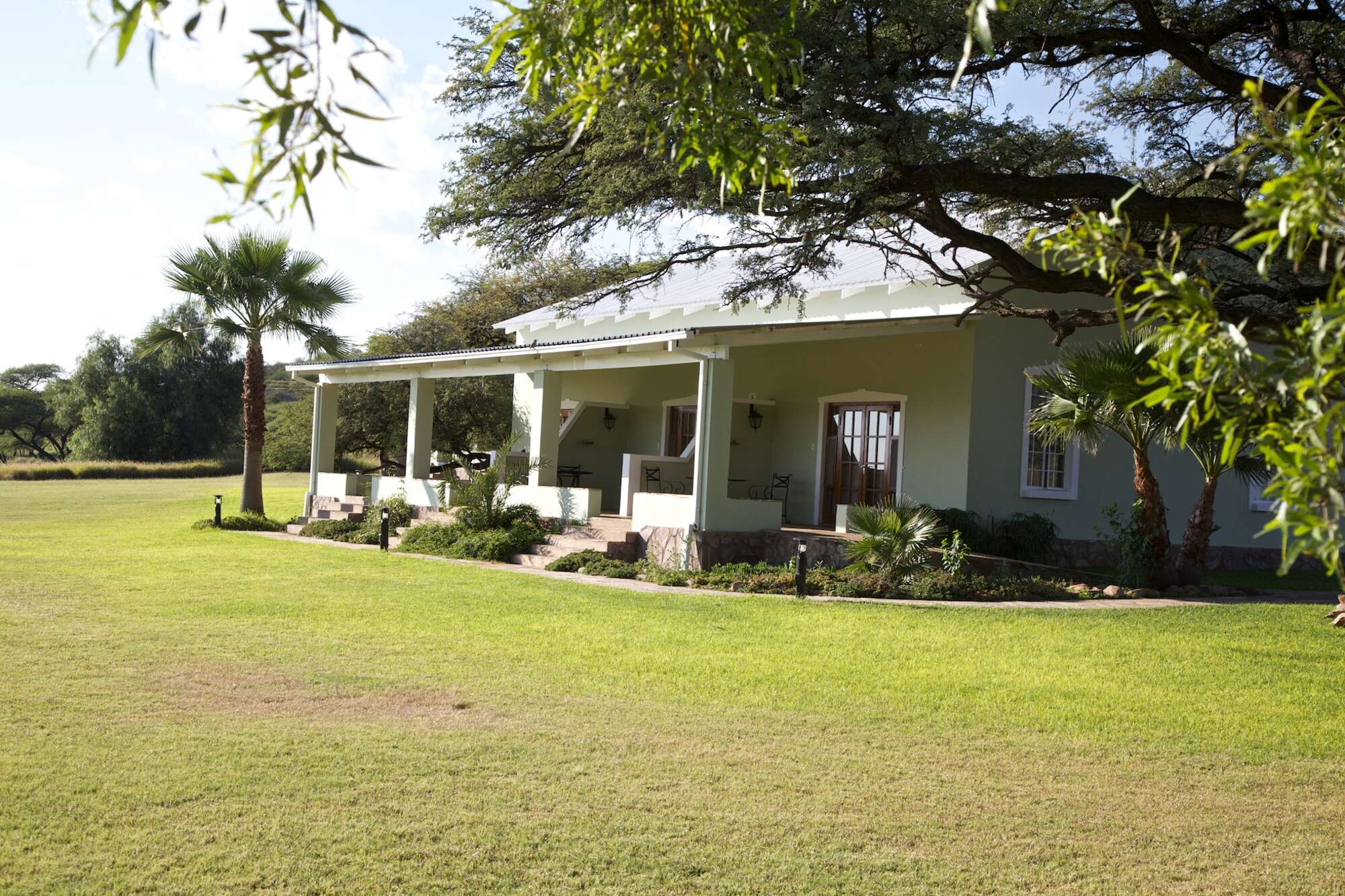
Ghaub Guest Farm
Ghaub Guestfarm is a charming guestfarm on the site of an old mission station, in an unusually verdant patch of Namibia.
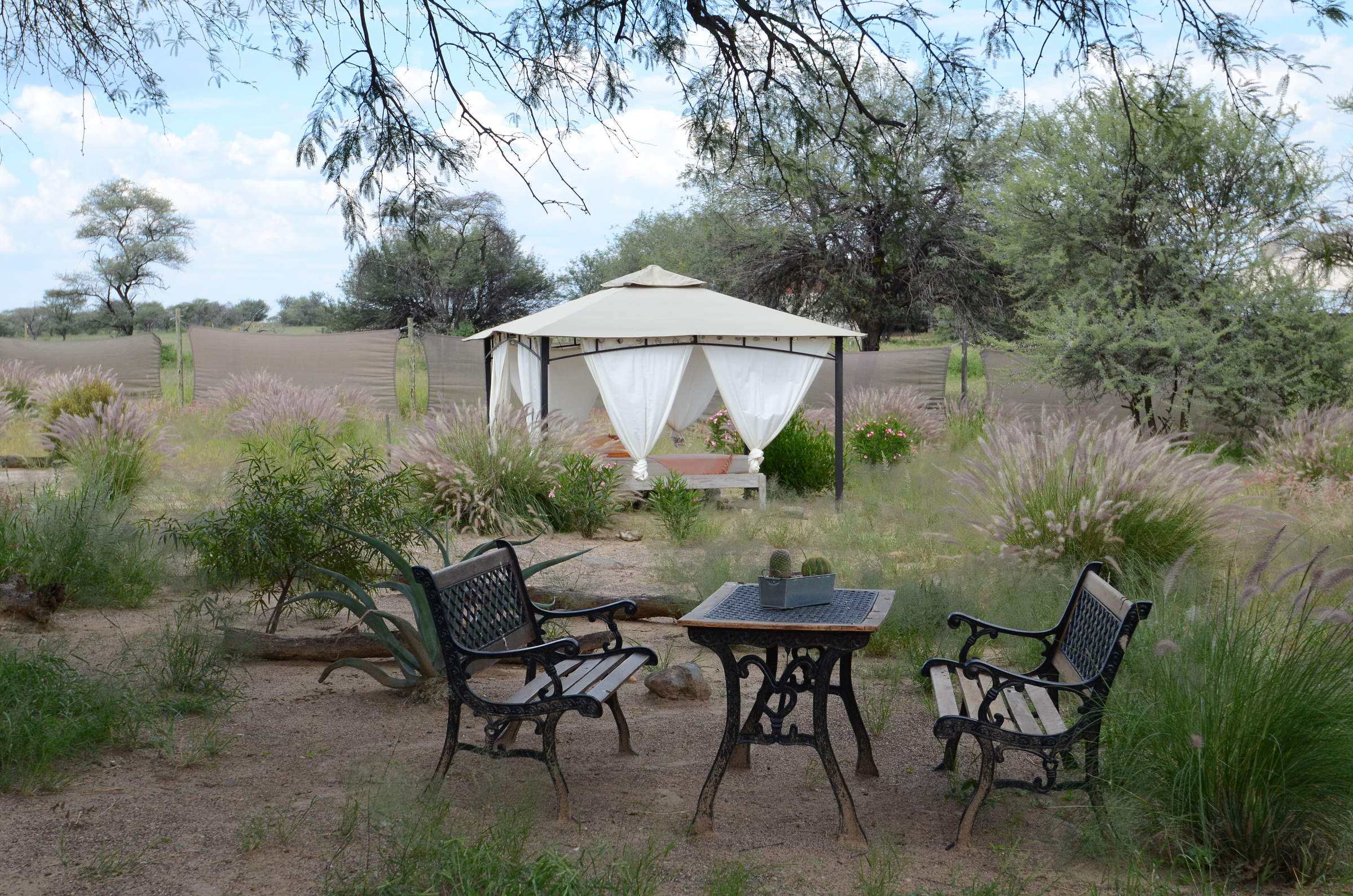
Elegant Farmstead
A stylish and peaceful lodge, The Elegant Farmstead is a relaxing and comfortable place to break the journey between Windhoek and Etosha.
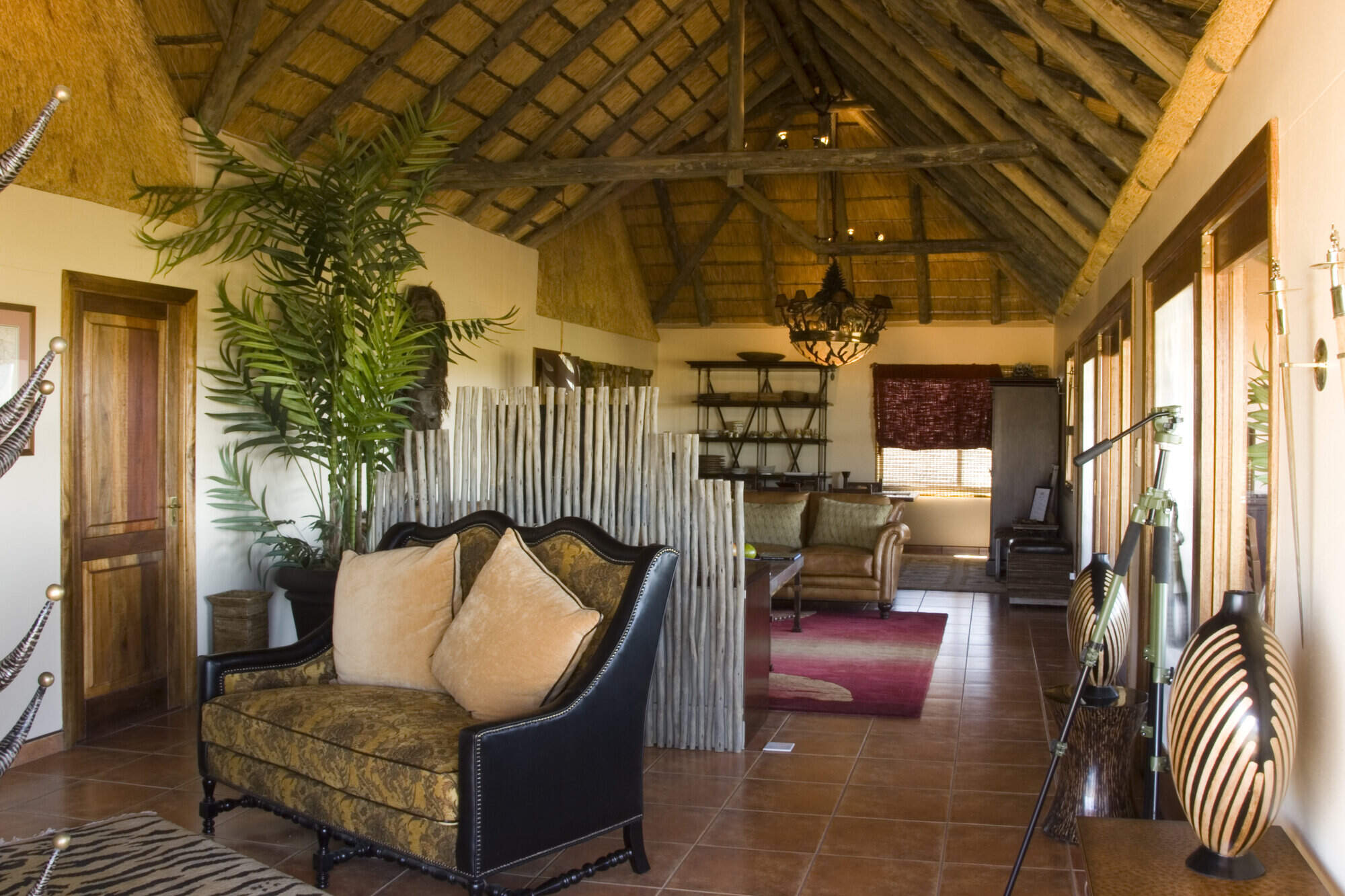
Cheetah View
Cheetah View Lodge offers guests the chance to see cheetahs at close range and to learn about the work of the Cheetah Conservation Fund.
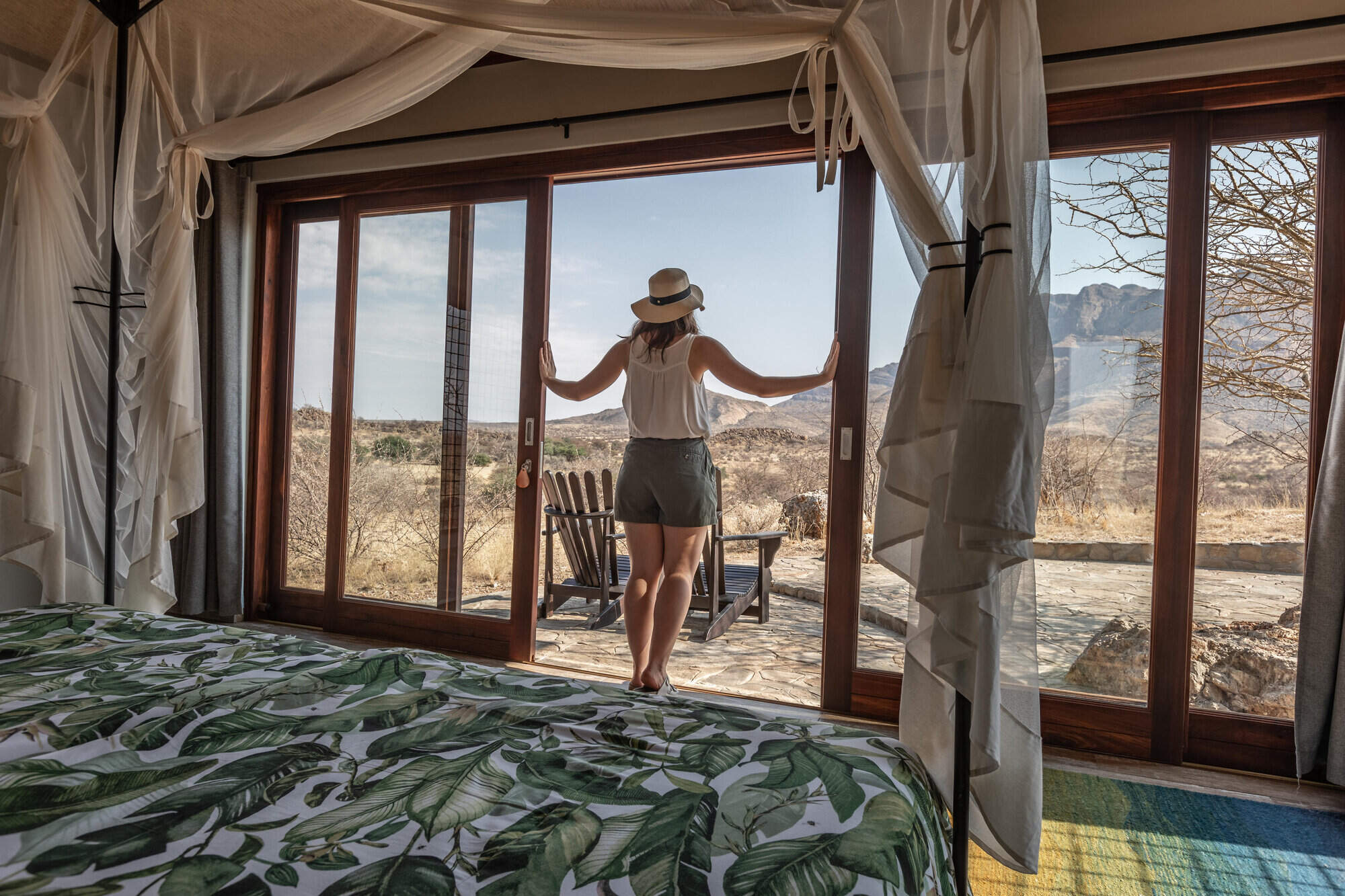
Hohenstein Lodge
Hohenstein Lodge is situated south of the Erongo Mountain Range. Each of its ten chalets has been built to make the most of the panoramic views.
When to go to Central Highlands
Our month by month guide: What it's like to visit Frans Indongo Lodge in Central Highlands
Jan
Feb
Mar
Apr
May
Jun
Jul
Aug
Sep
Oct
Nov
Dec
Central Highlands in January
The Central Highlands experiences the heart of the rainy season in January. The Erongo Mountains and Otavi Highlands see localised showers, creating a refreshing change in the landscape.
Days can be clear and warm, with temperatures around 30°C/86°F, while others bring spectacular thunderstorms. These rains can cause flash floods in ephemeral rivers, temporarily transforming the usually dry landscape. The greening environment makes a striking contrast, especially in the rocky terrains of Spitzkoppe and Brandberg.
Many birds in the region, including those in the Waterberg Plateau Park, are in full breeding plumage, and migrant species are abundant. Wildlife in areas like the AfriCat Foundation near Otjiwarongo may be more dispersed due to increased water availability, making sightings less predictable.
- Variable weather, hot with occasional rain
- Thunderstorms possible in the Erongo Mountains and surrounding areas
- Wildlife dispersed, harder to spot
- Birdlife spectacular in the Waterberg Plateau
- Fewer tourists, lower rates for accommodation
Our view
This is not a great time to visit
Weather in January
Central Highlands in February
February is typically the wettest month in the Central Highlands. The variation in weather is significant; areas like Okahandja and Otjiwarongo can experience heavy rains, while the Erongo Mountains might see more sporadic showers. Some days are clear and hot, while others bring cloudy skies and spectacular thunderstorms. These rains can make travel challenging, especially on unpaved roads to attractions like Spitzkoppe.
The landscape turns vibrantly green, particularly noticeable in the usually arid areas around Brandberg. This abundance of water and vegetation makes wildlife viewing in places like the Waterberg Plateau Park more challenging, as animals disperse widely. However, it's an excellent time for birdwatching, with many species raising their young and insects becoming more prevalent.
- Hot and humid with some rainfall
- Lush landscapes in Otavi Mountains
- Excellent birdwatching opportunities
- Wildlife viewing challenging but rewarding
- Few tourists, good deals on accommodation
Our view
This is not a great time to visit
Weather in February
Central Highlands in March
March usually sees the rains in the Central Highlands tapering off, and daily temperatures can spike to close to 40°C/104°F. The Erongo and Otavi Mountains may still experience occasional showers, but many days are clear with strong sunshine. Late afternoons might bring short, spectacular thunderstorms, particularly around higher elevations like Waterberg Plateau.
The landscapes across the region, from Okahandja to Otjiwarongo, are often at their most vivid green. This abundance of vegetation can make wildlife spotting more challenging in areas like the AfriCat Foundation, as animals have plenty of cover. However, it's an excellent time for hiking in the Erongo Mountains or exploring the rock art at Brandberg – though it’s recommended to hike in the early mornings to avoid the soaring temperatures and last of the summer storms in the afternoons.
Many birds and animals are finishing raising their young, making it an interesting time for nature observation.
- Less rainfall, though humid and hot
- Erongo Mountains ideal for hiking
- Animals well-fed after months of plentiful rainfall
- Migratory birds begin to depart
- Few tourists visit during March, so rates often low
Our view
A good time to visit, with pros & cons
Weather in March
Central Highlands in April
April in the Central Highlands central Namibia is dominated by dry weather, with decreasing chances of rain. Temperatures in areas like Okahandja and Otjiwarongo start to fall towards the end of the month, making daytime conditions pleasant for outdoor activities. The nights might have a slight chill, especially in higher areas like the Erongo Mountains.
The landscape remains verdant from the recent rains, creating beautiful scenery around attractions like Spitzkoppe and Brandberg. This is an excellent time for photography, with clear air and spectacular landscapes. Wildlife viewing at places like the AfriCat Foundation or Waterberg Plateau Park can be rewarding, with animals in great condition after the rainy season. However, finding big game can still be challenging as water remains widely available.
April offers good value for tourists, with many lodges still charging low-season rates.
- Cooler nights, pleasant daytime temperatures
- Easter brings a slight increase in visitors
- Wildlife more visible as vegetation thins
- Fresh air and green landscapes
- Great time for photography in Spitzkoppe
Our view
A good time to visit, with pros & cons
Weather in April
Central Highlands in May
By May, central Namibia starts drying out rapidly. Days are typically warm with crisp, clear mornings and blue skies. Evenings are cool, with temperatures potentially dropping below 10°C/50°F overnight. If the rains have been good, areas like the Erongo Mountains and Otavi Highlands remain green, but wildlife starts to concentrate around permanent water sources.
The air quality and clarity in the region can be amazing, making this an ideal month for photography at iconic locations like Spitzkoppe or Brandberg. This is an excellent time for hiking in the Erongo Mountains or exploring the Waterberg Plateau, with comfortable temperatures and increasingly good wildlife sightings.
Many lodges in the area still offer low-season prices, making May a great value month for visiting the area.
- Dry, warm days and cool nights
- Landscapes transition from green to gold
- Excellent visibility for wildlife viewing
- Moderate rates as high season approaches
Our view
A very good time to visit
Weather in May
Central Highlands in June
June brings dry conditions. Skies are blue and largely cloudless over areas like Okahandja and Otjiwarongo. Days are lovely and warm, but nights can be cold, sometimes approaching freezing in exposed areas like Spitzkoppe. Visitors should pack warm clothing for early morning activities, such as game drives at the AfriCat Foundation.
Wildlife viewing in the region, especially around Waterberg Plateau Park, follows dry-season patterns with animals congregating around water sources. The clear air makes this an excellent time for photographers to capture the dramatic landscapes of the Erongo Mountains or Brandberg.
Historically, June has offered lower rates, but with increasing popularity, some lodges now consider it part of their high season, so early booking is advisable.
- Clear, crisp days and cold nights
- Erongo Conservancy offers great game drives
- Stargazing opportunities in the Brandberg area
- Wildlife concentrates around water sources
- Moderate lodge rates, increasing number of visitors
Our view
A very good time to visit
Weather in June
Central Highlands in July
July in the Central Highlands offers reliably warm daytime temperatures above 20°C/68°F and excellent wildlife viewing opportunities. Rain is extremely rare, and clear skies provide perfect conditions for stargazing in areas like the Erongo Mountains. However, the occasional cold front can pass over the area, and nights can be very cold, potentially dipping below freezing in exposed areas like Spitzkoppe. Visitors should dress in layers and be prepared for chilly mornings and evenings.
As vegetation becomes sparse, game concentrates around water sources, making this an ideal time for wildlife viewing at places like the AfriCat Foundation near Otjiwarongo, or Waterberg Plateau Park. The dry conditions also make this a great time for hiking and rock climbing activities in the region.
Lodges typically charge high-season rates, and popular spots can book up well in advance.
- Dry days, cold nights in the Central Highlands
- Peak season for wildlife viewing begins
- European holidays bring more family travellers
- Higher rates, advanced bookings necessary
- Excellent time for hiking in Waterberg
Our view
A very good time to visit
Weather in July
Central Highlands in August
August marks the height of winter in the Central Highlands. Expect cloudless skies and warm sun during the day, but nights can drop to freezing in exposed areas like Spitzkoppe or the Erongo Mountains. Visitors should bring warm clothes for chilly mornings and evenings, especially for activities like early game drives.
The landscape is at its driest, with golden-brown vegetation dominating. This makes wildlife viewing excellent, particularly in areas like Waterberg Plateau Park or the AfriCat Foundation near Otjiwarongo, as animals congregate around remaining water sources.
August is one of the most popular times to visit the Central Highlands, especially for families. Attractions like Brandberg's rock art sites or hiking trails in the Erongo Mountains are particularly appealing in the cooler weather. Early booking is essential for the best lodges.
- Warm days in the sun, very cold nights
- Spectacular stargazing in Erongo Mountains
- Wildlife viewing at its best in the region
- Peak season rates, limited availability
Our view
Fantastic: the very best time to visit
Weather in August
Central Highlands in September
September in the Central HighlandsCentral Highlands brings blue, cloudless skies and fantastic wildlife viewing opportunities. Rain is almost unheard of, and as the month progresses, both days and nights get warmer. Daytime temperatures in areas like Okahandja and Otjiwarongo can reach the low 30s °C/80s °F .
The air becomes dustier, which can create hazy conditions for photographers capturing the dramatic landscapes of Spitzkoppe or the Erongo Mountains. Wildlife viewing is at its peak, with animals congregating around remaining water sources. This makes September an excellent time to visit places like the AfriCat Foundation or Waterberg Plateau Park.
It's one of the most popular months for visitors, especially safari enthusiasts, and lodges charge high-season rates. Early booking is advisable for prime locations.
- Warm days, temperatures rising steadily
- Landscapes golden brown, great for photos
- Excellent month for wildlife observation
- High season rates, book well in advance
- Himba cultural tours available near Opuwo
Our view
Fantastic: the very best time to visit
Weather in September
Central Highlands in October
October is typically the hottest and driest month in the Central Highlands. Temperatures build throughout the month, with daily highs potentially exceeding 40°C/104°F in areas like Okahandja and Otjiwarongo. Despite the heat, the low humidity makes conditions bearable.
This is the peak of the dry season, making it an excellent time for wildlife viewing in places like Waterberg Plateau Park or the AfriCat Foundation, as animals gather around scarce water sources. However, dust and occasional smoke can make the air hazy, challenging for photographers. The Erongo Mountains and Spitzkoppe offer dramatic, parched landscapes.
October is popular among wildlife enthusiasts and commands peak-season prices. Towards the end of the month, visitor numbers may decrease slightly, offering a window for last-minute bookings.
- Hot and dry throughout Central Highlands
- Prime time for game viewing in reserves
- Waterberg Plateau offers scenic hikes
- Peak rates, limited availability at lodges
- Spitzkoppe ideal for rock art enthusiasts
Our view
A very good time to visit
Weather in October
Central Highlands in November
November in the Central Highlands can be unpredictable. Mornings are often hot and cloudless, but afternoons may bring cloud cover and cooler temperatures. Areas like Okahandja and Otjiwarongo might experience spectacular late-afternoon thunderstorms as humidity builds. These storms are typically localised and may be absent from more arid areas like Spitzkoppe. Places receiving good rain, such as the Erongo Mountains, quickly turn green, bringing a sense of renewal to the landscape.
This is an exciting time for wildlife, with many mammals giving birth. Once rains arrive, wildlife in areas like Waterberg Plateau Park becomes more dispersed, making game viewing more challenging. However, November is excellent for birdwatchers, with migrant species arriving in breeding plumage, especially noticeable in the diverse habitats of the Central Highlands.
- Variable weather, possible early rains
- New vegetation growth begins if it rains
- Wildlife viewing good in Erongo region
- Shoulder season, rates become more moderate
- Bird watching excellent as migrants return
Our view
A good time to visit, with pros & cons
Weather in November
Central Highlands in December
December marks the start of the rainy season in the Central Highlands and is one of the hottest months. In areas like Okahandja and Otjiwarongo, clear mornings often give way to building clouds and occasional spectacular thunderstorms. These rains are generally welcomed, refreshing the parched landscapes of places like the Erongo Mountains and Spitzkoppe. Even short showers can trigger a rapid greening, providing food for young animals.
Wildlife tends to disperse widely, which can make game viewing at locations like the AfriCat Foundation or Waterberg Plateau Park more challenging. However, many birds are breeding, sporting their most colourful plumage.
The holiday season can make popular attractions and accommodation options busy, especially in cooler areas like the Erongo Mountains. Visitors should book well in advance and be prepared for potential weather-related changes to their plans.
- Hot with possibility of rain showers
- Landscapes green where rain has fallen
- Otavi Mountains offer scenic game drives
- Best time for birding enthusiasts
- Holiday season brings more local tourists
Our view
This is not a great time to visit
Weather in December

Looking for inspiration on where to travel next?
Visit our trip chooser to explore your options and find inspiration for your perfect African adventure
Inspire me